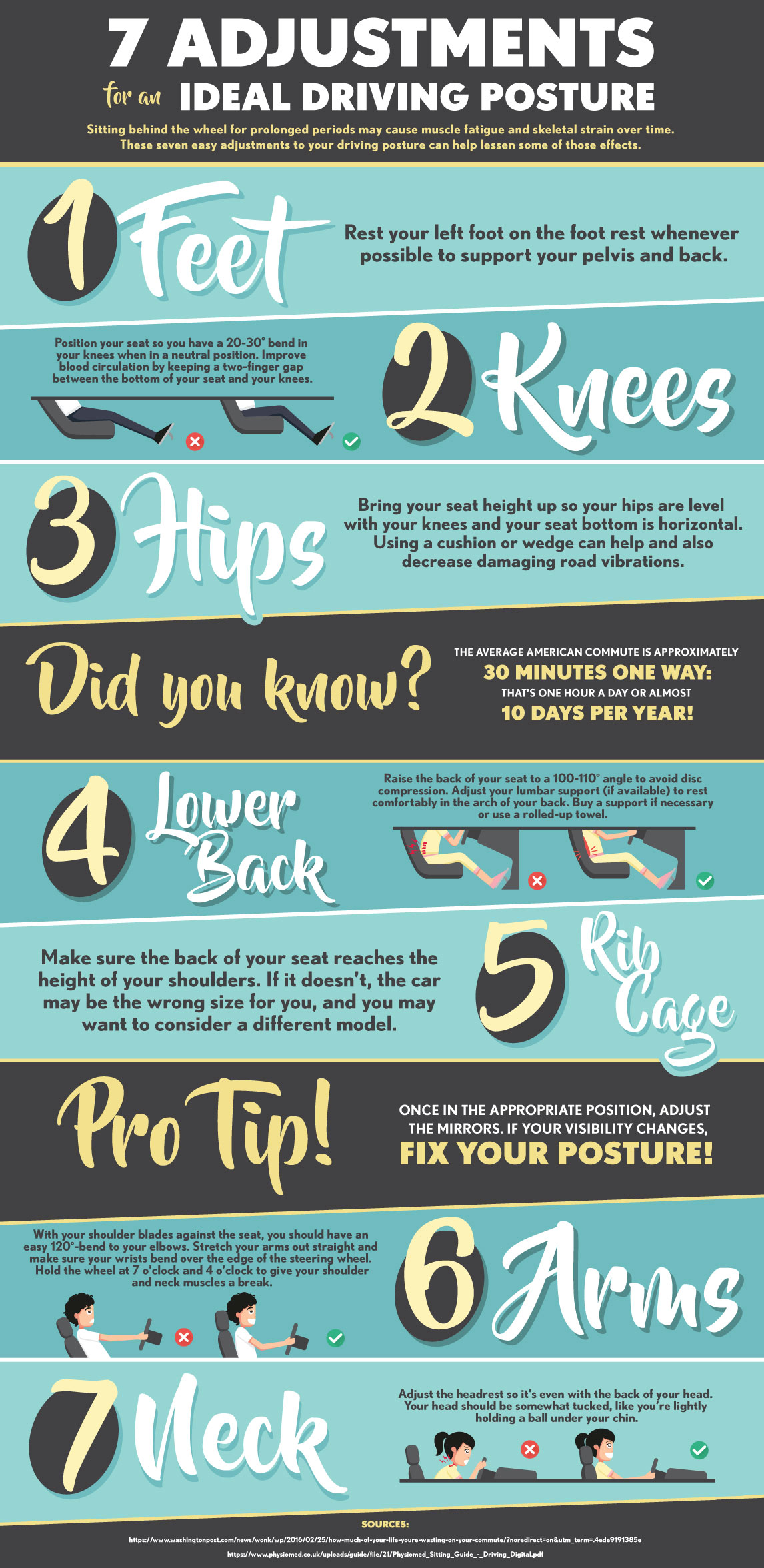Confront Neck And Back Pain By Finding The Everyday Actions That Might Be Causing It; Simple Changes Can Help With A Life Without Discomfort
Confront Neck And Back Pain By Finding The Everyday Actions That Might Be Causing It; Simple Changes Can Help With A Life Without Discomfort
Blog Article
Web Content Author-Briggs Schaefer
Preserving appropriate posture and avoiding usual challenges in everyday activities can dramatically influence your back health. From how you rest at your desk to how you lift hefty objects, little modifications can make a huge difference. Envision a day without the nagging back pain that prevents your every action; the option may be easier than you assume. By making a couple of tweaks to your everyday behaviors, you could be on your means to a pain-free existence.
Poor Posture and Sedentary Way Of Life
Poor position and an inactive way of living are 2 significant factors to pain in the back. When please click the next document slouch or inkling over while sitting or standing, you placed unneeded strain on your back muscles and back. This can cause muscular tissue imbalances, tension, and eventually, chronic pain in the back. Additionally, sitting for extended periods without breaks or physical activity can weaken your back muscles and bring about stiffness and pain.
To battle poor position, make a conscious effort to rest and stand up straight with your shoulders back and aligned with your ears. Keep in unable to stand up straight due to lower back pain to keep your feet flat on the ground and stay clear of crossing your legs for extended periods.
Integrating normal extending and reinforcing exercises into your daily routine can also aid improve your position and reduce pain in the back connected with an inactive way of life.
Incorrect Training Techniques
Improper training techniques can significantly add to pain in the back and injuries. When you lift heavy things, remember to bend your knees and use your legs to lift, as opposed to depending on your back muscle mass. Stay clear of twisting your body while training and keep the things near your body to reduce stress on your back. It's important to keep a straight back and prevent rounding your shoulders while lifting to stop unneeded pressure on your spinal column.
Always evaluate the weight of the item prior to lifting it. If it's too hefty, ask for aid or use equipment like a dolly or cart to transfer it securely.
Bear in mind to take breaks during raising jobs to provide your back muscles a chance to relax and stop overexertion. By carrying out appropriate lifting strategies, you can prevent pain in the back and minimize the threat of injuries, ensuring your back stays healthy and balanced and strong for the long-term.
Absence of Routine Exercise and Stretching
A less active way of living devoid of regular exercise and extending can significantly contribute to pain in the back and discomfort. When you don't take part in exercise, your muscular tissues end up being weak and inflexible, causing poor position and enhanced strain on your back. Regular exercise helps enhance the muscular tissues that sustain your spinal column, boosting stability and decreasing the danger of back pain. Incorporating extending right into your routine can additionally enhance versatility, preventing tightness and discomfort in your back muscles.
To stay clear of neck and back pain caused by an absence of exercise and extending, go for a minimum of half an hour of moderate physical activity most days of the week. Include exercises that target your core muscles, as a strong core can help reduce stress on your back.
Furthermore, take breaks to extend and move throughout the day, specifically if you have a workdesk task. Basic stretches like touching your toes or doing shoulder rolls can aid soothe tension and stop neck and back pain. Focusing on routine exercise and extending can go a long way in maintaining a healthy and balanced back and decreasing pain.
Final thought
So, remember to sit up straight, lift with your legs, and remain energetic to prevent pain in the back. By making basic modifications to your day-to-day routines, you can prevent the discomfort and limitations that come with neck and back pain. Deal with your spine and muscular tissues by exercising great pose, appropriate lifting techniques, and routine workout. Your back will thank you for it!
